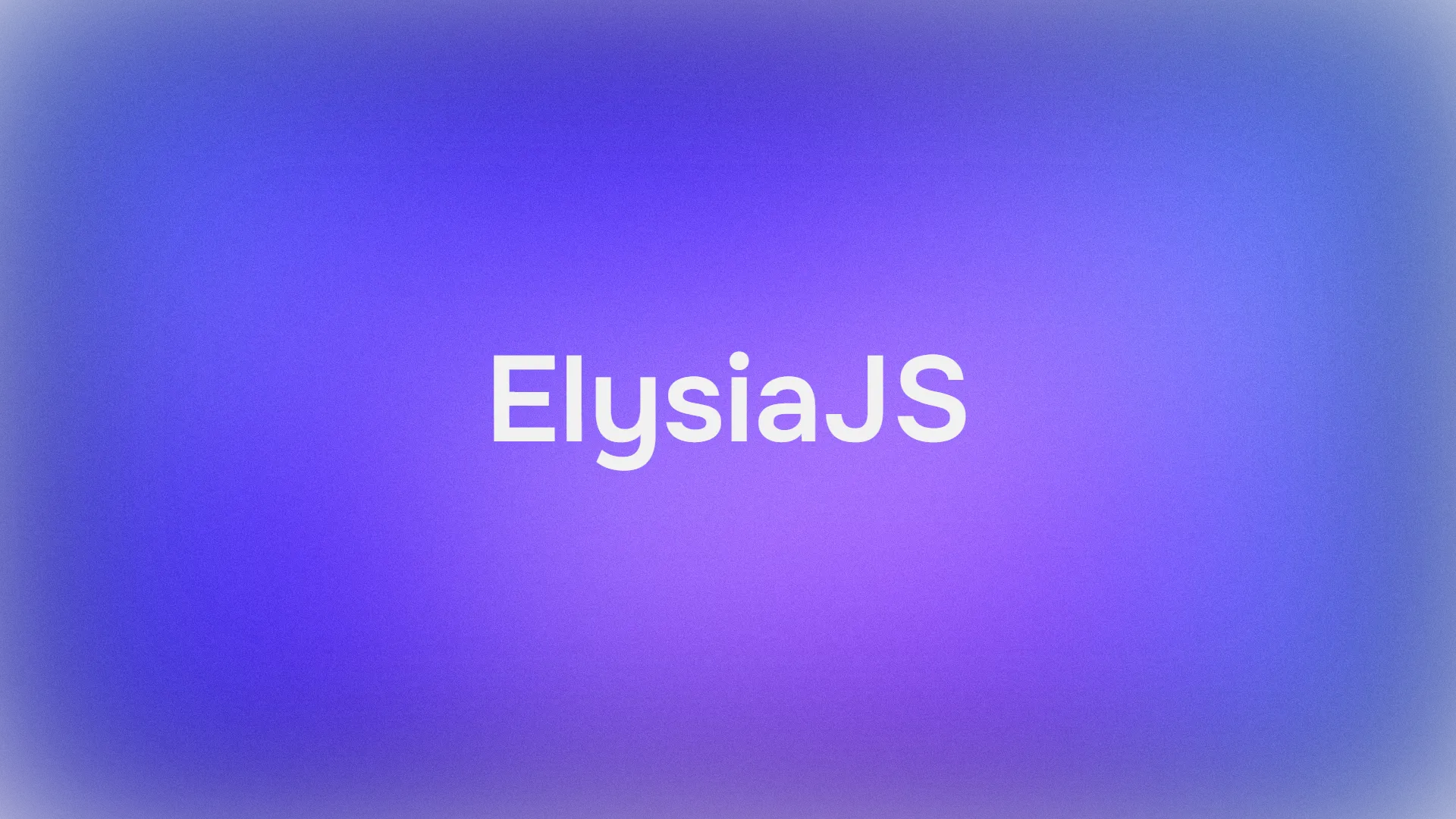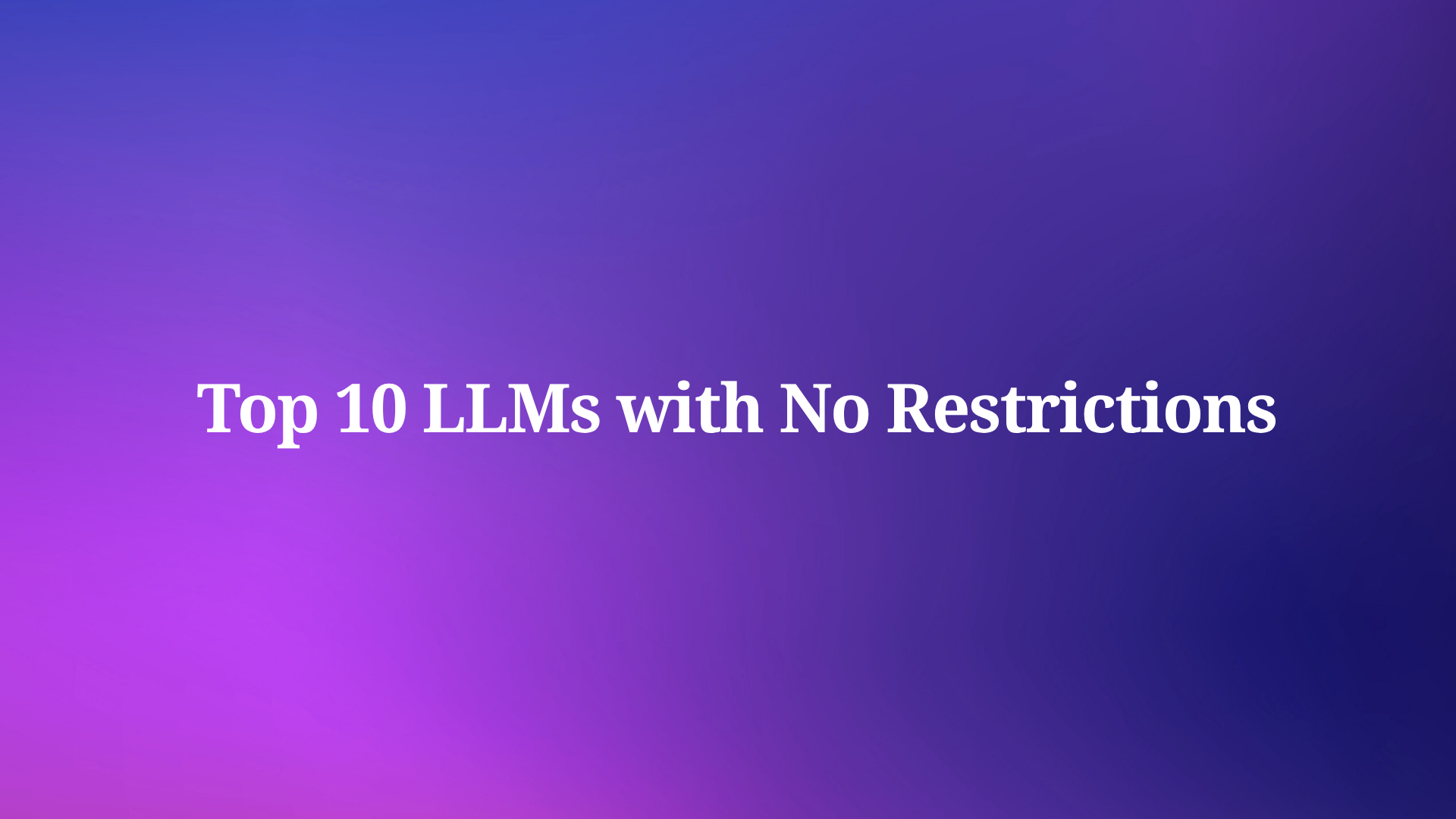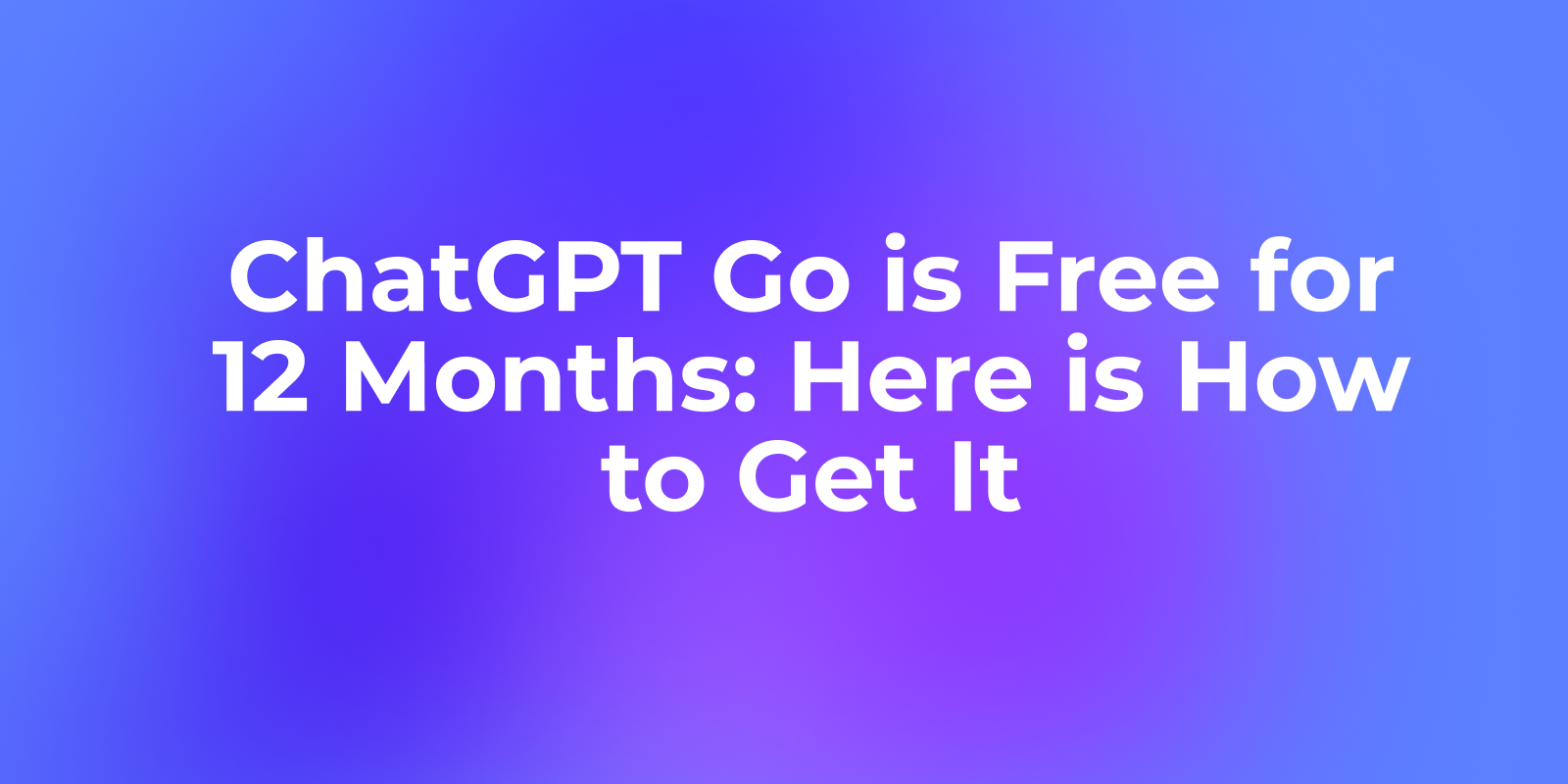Want your AI to take the wheel and surf the web for you—booking flights, scraping data, or even filling out forms? With Browser Use, Ollama, and DeepSeek, you can create a local AI agent that controls your browser like a pro. This open-source trio delivers privacy-focused automation without pricey subscriptions. In this beginner’s guide, I’ll be walking you through setting up Browser Use with Ollama and DeepSeek to automate web tasks. Ready to make your browser an AI-powered sidekick? Let’s dive in!
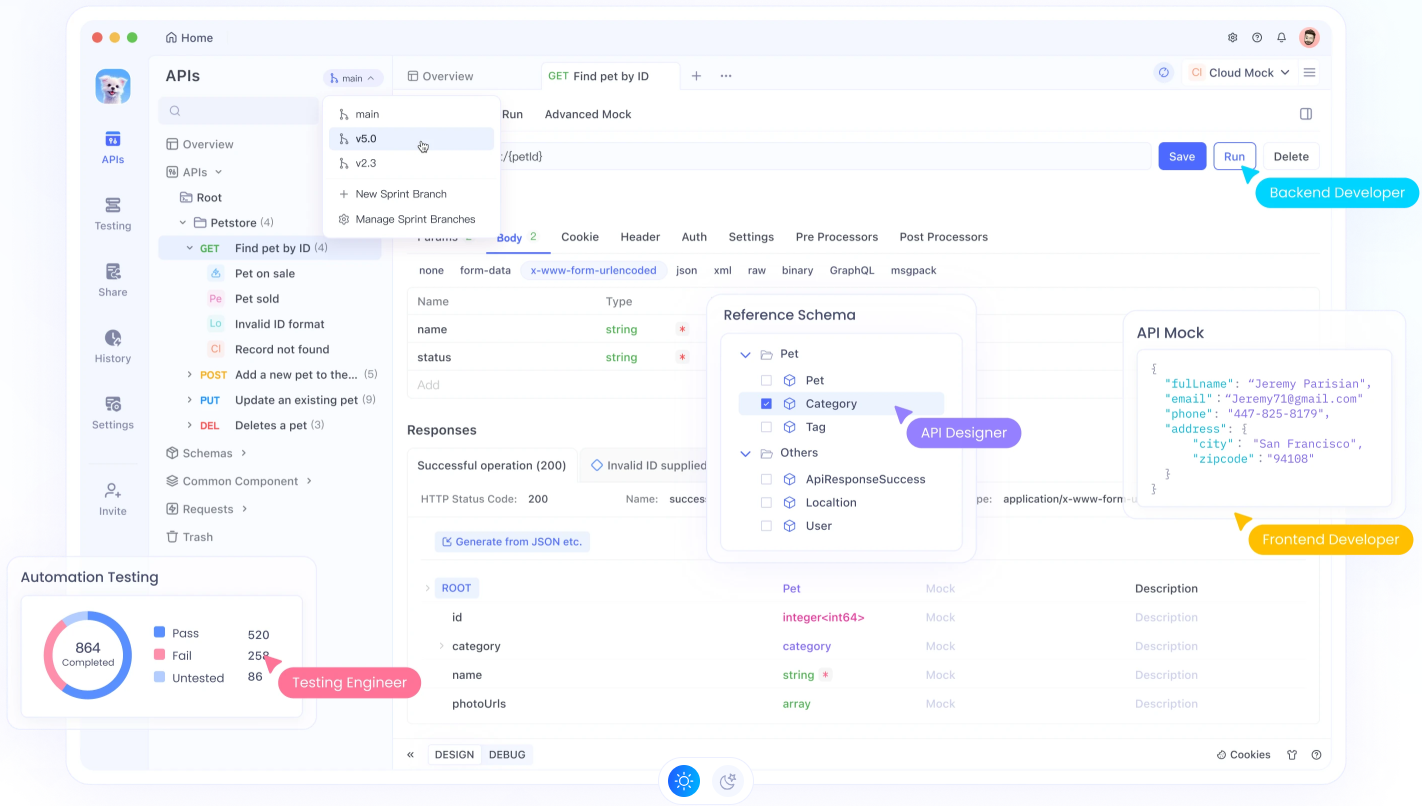
What is Browser Use with Ollama and DeepSeek?
Browser Use is an open-source Python library that lets AI agents control web browsers, automating tasks like searching, clicking links, or submitting forms. Combined with Ollama, a platform for running local large language models (LLMs), and DeepSeek, a powerful open-source reasoning model, you get a free, private setup that rivals premium tools like ChatGPT Operator. Browser Use uses Playwright to interact with browsers (Chrome, Firefox, etc.), while DeepSeek’s smarts handle complex instructions. Why’s it awesome? It’s local, customizable, and lets your AI tackle tasks like finding flights on Kayak, drafting Google Docs and many more. Let’s build it!
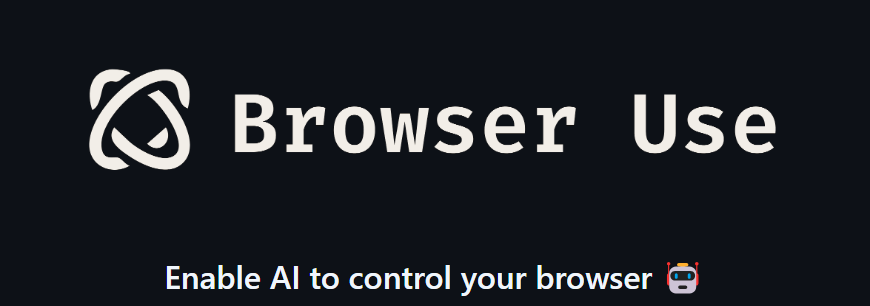
Setting Up Your Environment: The Basics
Before we unleash Browser Use, let’s get your system ready with the tools you’ll need. This setup is beginner-friendly, with each step explained so you know exactly what’s happening.
Step 1: Prerequisites
Ensure you have the following installed:
- Python: Version 3.11 or higher. Run
python --versionin your terminal. If it’s missing or outdated, download it from python.org. Python is the backbone for running Browser Use and its scripts. - Ollama: This runs DeepSeek locally, keeping everything private. You’ll download it from ollama.com in the next section.
- Node.js: Needed for Playwright’s browser automation dependencies. Check with
node --version. If not installed, get it from nodejs.org. - Git: Used to clone the Browser Use repository. Install from git-scm.com if you don’t have it.
- Hardware: A 4+ core CPU, 16GB+ RAM, and 12GB+ free storage for the DeepSeek model. A GPU is optional but speeds up model inference. If any of these are missing, install them now to avoid hiccups later.
Step 2: Create a Project Folder
Let’s keep your project organized by creating a dedicated folder:
mkdir browser-use-agent
cd browser-use-agentThis folder will hold all your Browser Use files, and cd moves you into it so you’re ready for the next steps.
Step 3: Clone the Repository
Grab the Browser Use source code from GitHub:
git clone https://github.com/browser-use/browser-use.git
cd browser-useThe git clone command downloads the latest Browser Use code, and cd browser-use puts you inside the project directory where the magic happens.
Step 4: Set Up a Virtual Environment
To avoid conflicts with other Python projects, create a virtual environment:
python -m venv venvActivate it:
- Mac/Linux: source venv/bin/activate
- Windows: venv\Scripts\activate
You’ll see (venv) in your terminal, meaning you’re now in a clean Python environment. This keeps Browser Use’s dependencies isolated, preventing version clashes.
Step 5: Open in VS Code
Launch your project in Visual Studio Code for easy coding:
code .VS Code will open the browser-use folder, ready for you to create and run scripts. If you don’t have VS Code, install it from their official website or use another editor, but VS Code’s Python integration is super handy.
Installing Ollama and DeepSeek
Now, let’s set up Ollama to run DeepSeek locally, giving your Browser Use agent a brain that’s both powerful and private. Each step is crucial, so I’ll break it down clearly.
Step 1: Install Ollama
Head to ollama.com and download the installer for your OS (Mac, Windows, or Linux). Run the installer and follow the prompts—it’s a quick “next, next, finish” deal. Verify it’s working:
ollama --versionYou should see a version number, like 0.1.44 (April 2025). If it fails, ensure Ollama is added to your system’s PATH (check the installer’s instructions). Ollama acts as the server that hosts DeepSeek, connecting it to Browser Use.

Step 2: Download DeepSeek
We’ll use the deepseek/seed model, a 7B-parameter LLM optimized for reasoning and perfect for our needs:
ollama pull deepseek/seedThis downloads the model, which is about 12GB (if the model is too large or you don't have a gpu on your system try: qwen2.5:14b which is about 4gb), so it might take a few minutes depending on your internet speed. Once done, check it’s installed:
ollama listLook for deepseek/seed:latest in the list. This model will power your Browser Use agent, handling tasks like searching for Boston’s weather with ease.
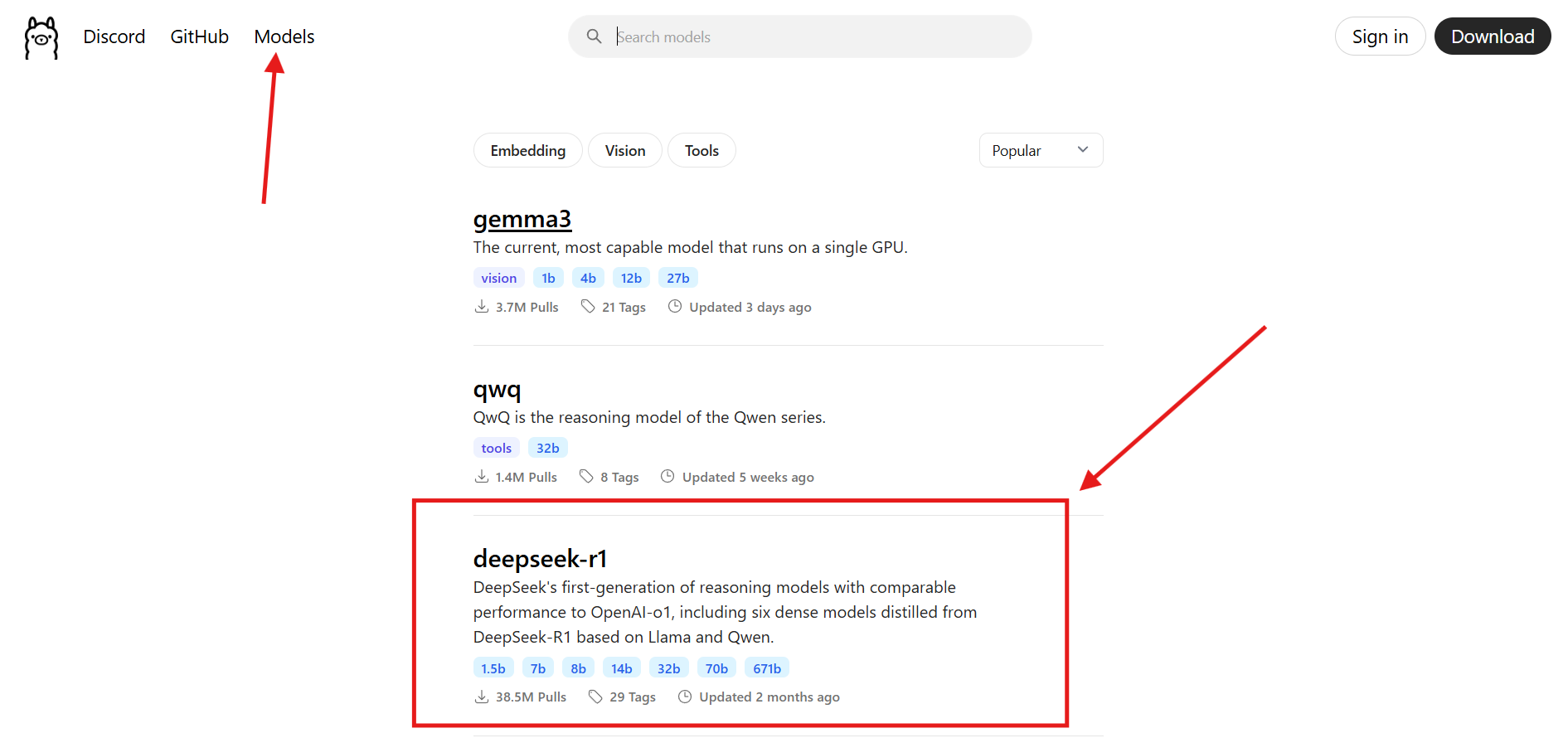
Installing Browser Use
With your environment ready, let’s install Browser Use and its dependencies to enable browser automation. This is where your project starts coming together!
Step 1: Install Browser Use and Dependencies
In your activated virtual environment (inside the browser-use folder), install Browser Use with its development dependencies:
pip install . ."[dev]"This command installs Browser Use from the cloned repo, including extra tools for development. The "[dev]" part ensures you get testing and debugging goodies, which are helpful for beginners.
Step 2: Install LangChain and Ollama
Add the packages needed to connect Browser Use to DeepSeek:
pip install langchain langchain-ollamalangchain provides the framework for LLM interactions, and langchain-ollama is the specific connector for Ollama’s models, making it easy to integrate DeepSeek.
Step 3: Install Playwright
Get Playwright, the engine that lets Browser Use control browsers:
playwright installThis downloads browser binaries (e.g., for Chrome) that Browser Use uses to navigate the web. If you hit issues, ensure you’re using Python 3.11+ or run playwright install-deps for extra system dependencies.
Configuring Browser Use with Ollama and DeepSeek
Let’s get Browser Use ready to work with Ollama’s DeepSeek model by starting the Ollama server. This step is short and sweet, as our script will handle the rest of the connection!
Start Ollama Server: Ensure Ollama is running to serve the DeepSeek model. In a separate terminal (outside your virtual environment), run:
ollama serveThis starts the Ollama server at http://localhost:11434, allowing Browser Use to communicate with DeepSeek. Keep this terminal open during your project, as it’s the bridge between your agent and the LLM. If it’s not running, your script will fail, so double-check!
Building Your Browser Use Agent
Now for the fun part—building an AI agent that controls your browser with Browser Use! We’ll create a script to make DeepSeek use Google to find the weather in Boston, Massachusetts, and run it in VS Code. Each step is detailed to ensure you nail it.
1. Create a File Called test.py: In VS Code, with your browser-use project open, create a new file named test.py in the browser-use folder. Paste this code:
import os
import asyncio
from browser_use import Agent
from langchain_ollama import ChatOllama
# Task: Use Google to find the weather in Boston, Massachusetts
async def run_search() -> str:
agent = Agent(
task="Use Google to find the weather in Boston, Massachusetts",
llm=ChatOllama(
model="deepseek/seed",
num_ctx=32000,
),
max_actions_per_step=3,
tool_call_in_content=False,
)
result = await agent.run(max_steps=15)
return result
async def main():
result = await run_search()
print("\n\n", result)
if __name__ == "__main__":
asyncio.run(main())This script sets up a Browser Use agent that:
- Uses ChatOllama to connect to DeepSeek (deepseek/seed) at http://localhost:11434.
- Executes the task to search Google for Boston’s weather.
- Limits actions to 3 per step and 15 total steps to keep things efficient.
- Prints the result, which should include the current temperature or weather details.
2. Select the Python Interpreter in VS Code: To run the script, you need the Python interpreter from your project’s virtual environment:
- In VS Code, press
Ctrl + P(orCmd + Pon Mac). - Type > Select Python Interpreter and hit Enter.
- Choose the interpreter from your project (e.g.,
.venv/bin/pythonMac/Linux or.\venv\Scripts\python.exeon Windows). This ensures VS Code uses the virtual environment’s Python, which has all your Browser Use dependencies. If you skip this, you might get"module not found"errors.
3. Run the Code: With test.py open, click the “Run” button in VS Code (the top-right triangle) or use the terminal (inside the browser-use folder with the virtual environment active):
python test.pyYour Browser Use agent will launch a browser, go to Google, search for “weather in Boston, Massachusetts,” and extract the result.
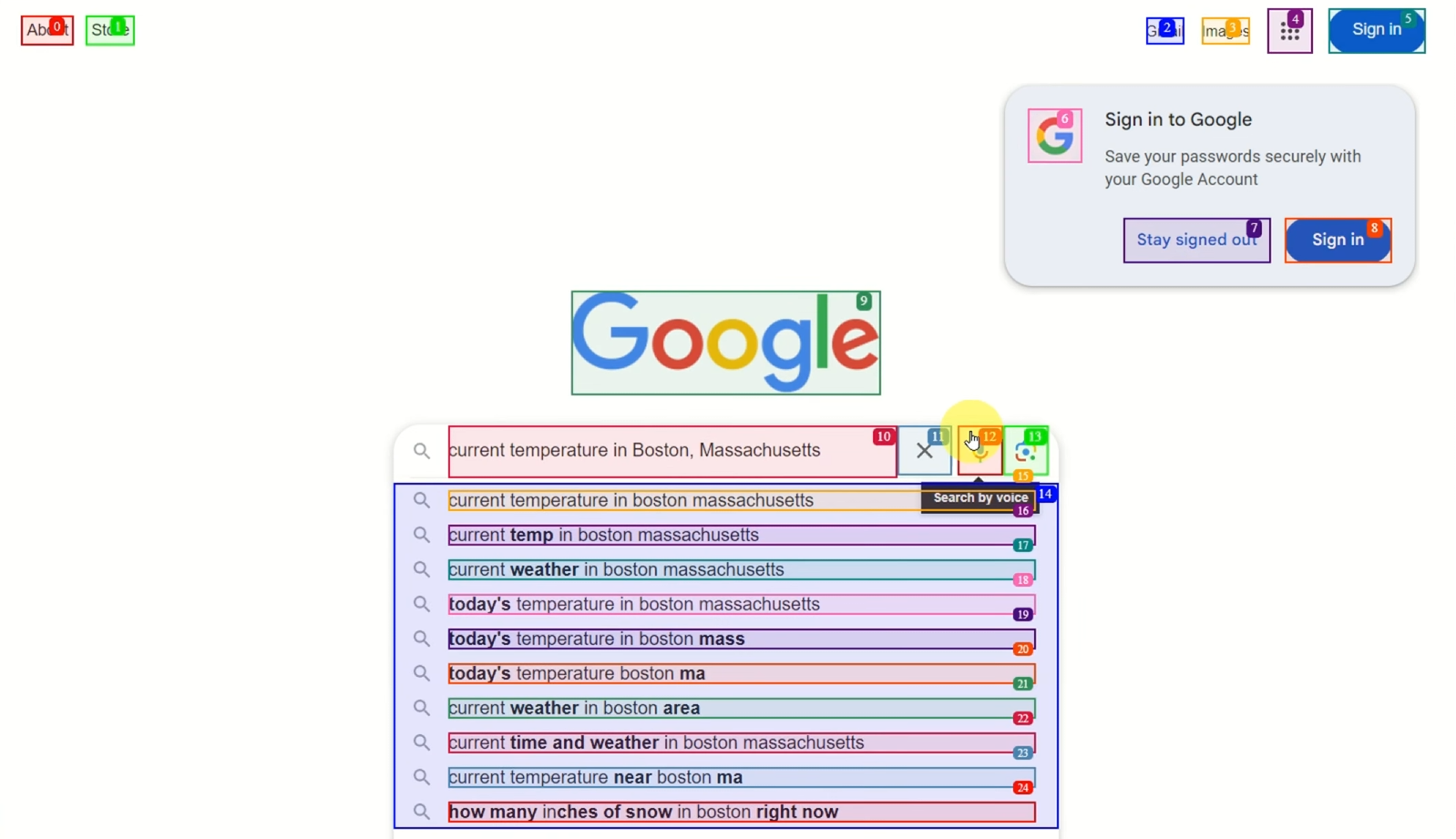
When I ran this, it printed something like “The current temperature in Boston, MA, is 26°F.” If it doesn’t work, ensure Ollama’s server is running (ollama serve) and port 11434 is open. Check ~/.ollama/logs for errors if it stalls.

Prompt Engineering for Better Results
To get the best from Browser Use, craft precise prompts:
- Be Clear: “Go to kayak.com, search flights from Zurich to Beijing, 25.12.2025–02.02.2026, sort by price” works better than “Find flights.”
- Use Steps: For complex tasks, like job applications, try: “Visit LinkedIn, search for ML jobs, save links to a file, apply to top 3.”
- Iterate: If results are off, tweak the prompt or test in Open WebUI’s chat first.
Adding “sort by price” to my flight prompt saved me cash—prompts are key!
Why Browser Use, Ollama, and DeepSeek Rock
This setup shines because:
- Free and Open-Source: No costs, unlike cloud-based tools.
- Private: Local execution keeps your data secure.
- Smart: DeepSeek’s reasoning nails complex web tasks.
It’s a budget-friendly alternative to premium AI agents, with full control.
Pro Tips for Browser Use Success
- Boost Performance: Use a GPU or larger DeepSeek model (e.g., 14B) if your system allows.
- Debug Logs: Check Ollama (
~/.ollama/logs) or Playwright logs if Browser Use misbehaves. - Try New Tasks: Automate “Draft a Google Doc” or “Scrape GitHub stars”.
- Join the Community: Share tips on the Browser Use GitHub or Ollama Discord.
Wrapping Up: Your Browser Use Adventure Begins
Congrats—you’ve built an AI agent that controls your browser with Browser Use, Ollama, and DeepSeek! From booking flights to automating web tasks, you’re ready to let AI do the heavy lifting. Try scraping job listings or automating emails next—the sky’s the limit. Visit the Browser Use GitHub for more examples, and join the AI hype. And don't forget to swing by apidog.com for that API polish.

